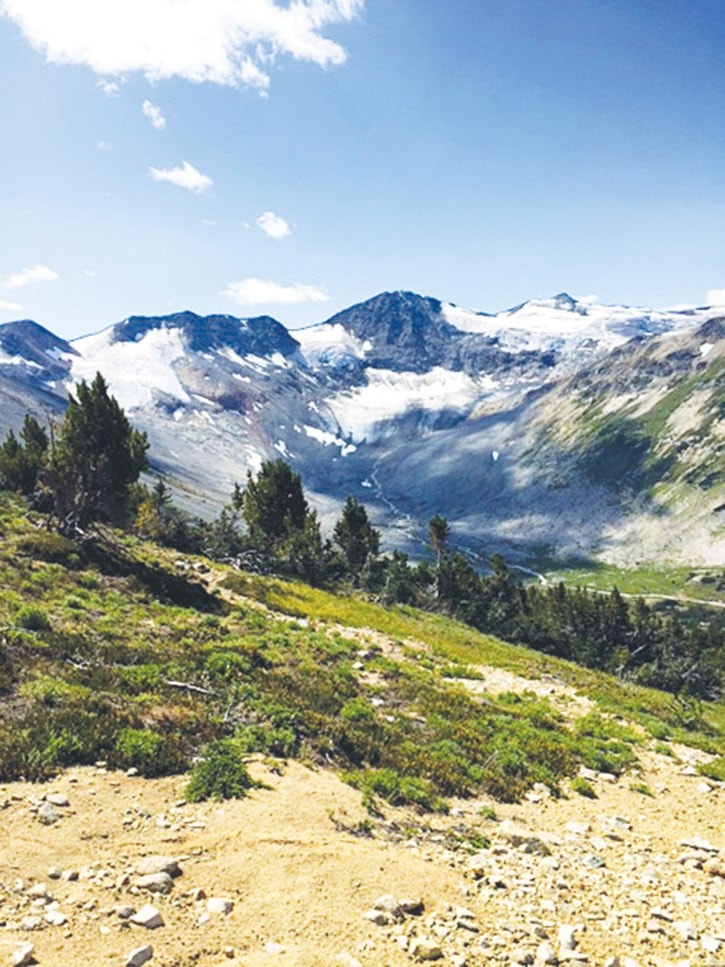Amarc Resources Ltd. is continuing exploration work in Nemiah Valley despite opposition by the Tshilqot’in National Government.
The company’s vice- president, Jason Quigley, said drilling will continue even though the TNG issued notice to Amarc last week to cease its “Ike” mineral exploration mining project operations for 2015 within the Dasiqox Tribal Park, Tsilhqot’in territory.
“We are doing some exploration work and have been for about a week now,” Quigley said.
“We expect to be there for another few weeks.”
The company has been in discussions and negotiations with the Tsilhqot’in since the middle of 2014, Quigley added.
“We’ve had community meetings, we’ve gone to Xeni Gwet’in, we’ve gone to Yunesit’in, we shared draft exploration plans, we shared our draft permit applications and we’ve proposed a new way of doing business.”
However, Xeni Gwet’in Chief Roger William said when the TNG received a letter from the company a few weeks ago about its plans to proceed with the exploration work, the TNG made it clear they were not giving the company their consent.
“It is a no-go zone,” William said. “Right now we are in negotiations with the B.C. government and each community will be developing its own land-use plans.”
The exploration area is in the headwaters and source of the Dasiqox (Taseko River), which flows into the Chilko, Chilcotin, and Fraser River systems, William added.
“It is as sensitive as Fish Lake if not more. We have spent 25 years fighting for Fish Lake and we still don’t know if that fight is even over.”
Yunesit’in Chief Russell Myers Ross said the area is a prime location for grizzlies.
“For a mine to be developed, a road must eventually be carved through the mountain, disturbing the corridor for grizzly habitat — it’s too risky to try to situate a mine in this sensitive area.”
Meanwhile, Amarc confirmed it drilled nine holes in 2014 and plans to drill approximately nine more in 2015.
“It’s a very early stage project in an area above the tree line 50 kilometres from the title area,” Quigley said. “We are looking for copper, molybdenum and silver.”
Drill rigs, about the size of a pickup truck, have been flown in by helicopter to the site, he confirmed, adding the work is very environmentally responsible and everything is reclaimed after the project is completed.
Drill holes are a few inches in diameter and several hundred metres deep.
William said if Amarc wants to be successful in gaining the consent of First Nations, they need to respect community processes and work with them in a way that suits not only the minimum requirements of the B.C. permitting process, but also their needs.
“At this moment in time, our people will turn down any mining practices in sensitive areas.”
Myers Ross went further saying Amarc ought to consider that from the First Nations’ perspective, the area is an impossible site for a full-scale open-pit mine.
“The company should be honest and stop wasting people’s time and money by pretending there is potential of a future mine,” Myers Ross said.
